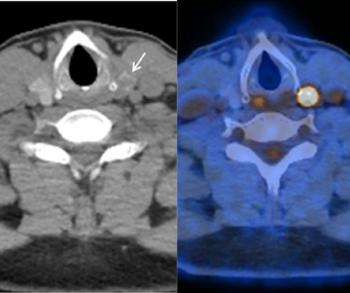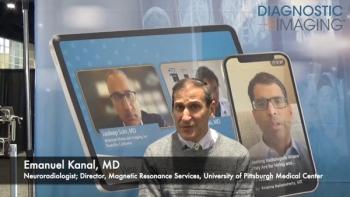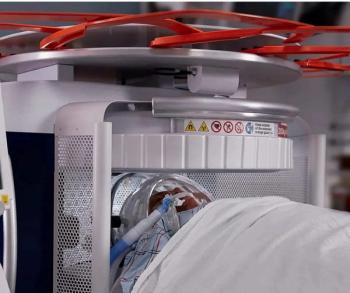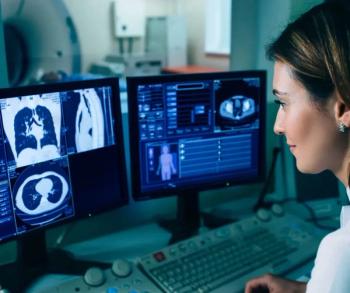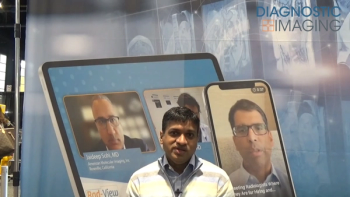
PET/CT market poised for rebound
As recently as last summer, industry pundits were predicting 10% growth in PET/CT sales, driven partly by expectations that the number of annual procedures would continue to grow by 20%. Then came the Deficit Reduction Act (DRA), and rulings by the Centers for Medicare and Medicaid Services that cut reimbursement in half for outpatient imaging centers.
As recently as last summer, industry pundits were predicting 10% growth in PET/CT sales, driven partly by expectations that the number of annual procedures would continue to grow by 20%. Then came the Deficit Reduction Act (DRA), and rulings by the Centers for Medicare and Medicaid Services that cut reimbursement in half for outpatient imaging centers.
Because outpatient centers house about half of the PET/CT units and accounted for some 70% of the previously booming demand for these scanners, the drop in reimbursement struck at the heart of the PET/CT marketplace. Manufacturers estimate that sales have decreased about 30%.
Industry experts, nevertheless, see a turnaround. At a minimum, the 2008 PET/CT market will be flat or increase by about 4%, said Jim Cavanaugh, director of global marketing for Philips Medical Systems.
Older, "slow-crystal" systems take 30 to 40 minutes to do a scan, while current top-line systems can scan a patient in 10 minutes. But less than 10% of the installed base is equipped for such quick scanning. This means there is room for procedures to grow within existing imaging centers, said Sergio Calvo, director of marketing for the Molecular Imaging division of Siemens Medical Solutions.
Industry executives said they believe the market will pick up in 2009 and beyond as PET/CT imaging centers improve throughput. They noted that the number of PET/CT procedures, as they expected last year at this time, is increasing at an annual rate of about 20%. Anecdotal information indicates that some sites have already doubled their procedure volume for 2007. PET/CT also is being used in only 30% to 40% of potential cases, according to Calvo.
"The utilization of PET scanners in the U.S. is far below capacity, which means clinics and hospitals will tend to invest in getting more efficiency for their services," he said.
Radiation oncology promises to be a huge growth area for PET/CT. The number of radiation oncology centers has increased dramatically over the last four years, and radioactive tracers that may expand the indications for PET/CT are on a fast track for FDA clearance, Cavanaugh said.
Newsletter
Stay at the forefront of radiology with the Diagnostic Imaging newsletter, delivering the latest news, clinical insights, and imaging advancements for today’s radiologists.

